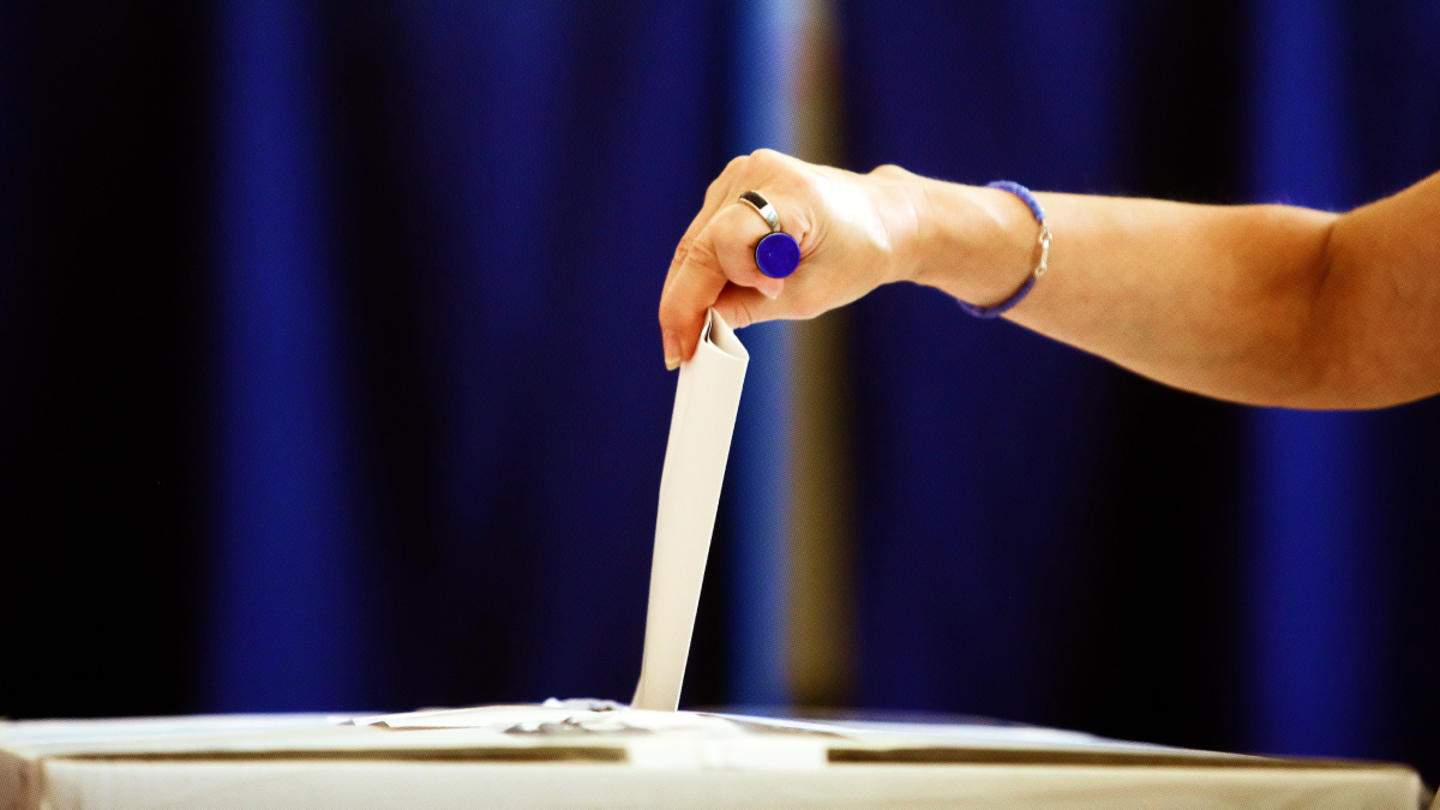Here in the United States, we’re the most politically divided and polarized we’ve ever been.
That’s the popular belief, but we haven’t had the research to explain whether or why it’s true — until now.
“There’s a reason why Americans are more polarized than ever,” said Sean Westwood, director of the Polarization Research Lab. “We just haven’t been able to pinpoint exactly what it is until now.”
At the Polarization Research Lab, academics from Dartmouth College, Stanford University, and the University of Pennsylvania are studying affective polarization, which Westwood defined as “the idea that Americans have a positive connection with their own party and hatred of the opposing party.” Affective polarization — and its tendency to break down democracy — has been on a troubling rise.
But it’s tricky to get enough of the right data to understand the root cause of our divisions.
That’s where the Polarization Research Lab comes in. It has been able to do what other researchers haven’t: collect expansive, real-time data that tells us what’s driving political polarization and what we can do to reduce it effectively.
The research tells us that many U.S. politicians have been veering away from the real issues and legislation that matter and are instead feeding the public narratives to make us believe that we’re more divided than we actually are.
“This isn’t about policy,” Westwood said. “This is about emotions, this is about hatred. We can’t solve polarization until we understand where it’s coming from. We have to find out what’s causing partisan animosity to grow in this country.”
The good news? Polarization Research Lab has developed a tool that enables every American to confront the realities of our alleged political divides. The more empowered we are with the truth, the more everyone can have open conversations with one another.
This means renewing our ability to talk, debate, and progress — as individuals and as a nation.
Defining the polarization paradox
If you want to solve a problem, you must first diagnose it. But with American political polarization, it’s not quite so simple.
According to Westwood, nearly two-thirds of Americans say we are more divided as a nation than ever. It’s clear we’re facing a moment of marked disunity, but we can’t fix it effectively until we can pin down what’s causing it and the extent to which it exists.
Most of our data about American sentiment comes from political polling, which happens intermittently, usually every four years or so, around elections. That lag makes it difficult to draw up-to-date conclusions on public opinion.
So, how did PRL tackle the gap? By going big and building the largest, most detailed study ever conducted to measure partisan conflict in this country — as Westwood described it, “an EKG of American political democracy.”
Here’s how it works: Each week, PRL measures the opinions of 1,000 Americans. Polls measure their level of support for topics like democratic norm violations and political violence and the extent to which they hate people on the opposite end of the political spectrum.
At the same time, PRL tracks communications and social media from elected officials and political commentators, providing a side-by-side comparison of how Americans feel and how accurately elite rhetoric matches their attitudes.
What have the researchers found?
“Our research suggests that there’s a very clear and singular reason for why partisan animosity is at an all-time high,” Westwood said. “When we look at this data, we get some good news, but there’s also some bad news. The good news is that the absolute majority of Americans stand upon the principles this country is based on.”
Principles like fairness, equal opportunity, and democracy are alive and well. A majority of Americans from both political parties oppose reducing polling stations, support the decisions of judges, and support reducing censorship in the media.
The bad news, however, is that the country is still very polarized. According to Westwood, about 86% of Americans have nothing positive to say about those on the other side of the aisle, and up to a quarter of Americans see the other side as evil or bad.
PRL has also uncovered the origins of much of this division.
“When an American turns on their TV, or when they go to social media, they’re going to see political conflict,” Westwood said. “It’s not just in the period around a presidential election, it’s every day. Here’s the thing: The Kardashians set social culture for young girls; Lebron James sets social culture for young boys. Our lab, for the first time, has identified that Americans are modeling their political behavior on what they hear from their elected officials. They set the norms for political culture.”
For better or for worse, politics today isn’t happening behind closed doors. Nearly everything a politician says and does is documented in real time on the internet. While that can lead to unfiltered elite rhetoric reaching further into the homes of many Americans, it also creates a valuable well of data for PRL to draw from and analyze.
“We’re able to identify the connection between the attitudes of elected officials and the attitudes of citizens because not only do we have survey data, but we’re pulling in everything that American elected officials say,” Westwood explained.
Press releases, newsletters, and social media posts allow sophisticated AI tools to identify patterns in a politician’s public statements: Are they discussing policy and the needs of their constituents? Or are they more concerned with making personal attacks and riling up others?
“When we look at that, we’re able to identify a clear pattern,” Westwood said. “When [leaders and politicians] become more negative, citizens become more negative.”
That doesn’t just result in pessimistic Americans. It freezes our ability to make progress as a society. When our most critical issues are shrouded in hate and alarm, we are unable to talk openly, consider all sides, or make informed decisions to move forward.
“When we’re in a world where it’s impossible to talk to the other side, it’s impossible to have the kind of critical, policy-focused discourse that is necessary for democracy to function,” Westwood said.
Sign up for the Stand Together newsletter and get stories, ideas, and advice from changemakers to help you tackle America’s biggest problems.
What is a ‘conflict entrepreneur’?
There’s perhaps no more glaring evidence of this than the rise of “conflict entrepreneurs,” elected officials who have built entire personal brands by focusing on conflict. Think of politicians you’ve seen appear time and time again on divisive talk shows, sounding the alarm against their political others.
Westwood believes these figures are intentionally creating and amplifying divisions in the country for their own benefit.
“They have abandoned their duties as representatives,” he said. “They don’t focus on policy, they don’t introduce legislation. Our research suggests that these messages cause the American public to increase their level of polarization, to increase the extent to which they support political violence. There’s a direct cause and effect.”
Though it may seem strange for politicians to intentionally encourage negativity, Westwood said that doing so can result in increased attention and press, sometimes giving an otherwise unknown politician a national profile. But when elected officials build their personas on exaggerated narratives instead of real issues, the American public’s view of them becomes distorted. “You cannot have a responsive democracy if you don’t understand what your representatives are saying and doing,” he said.
The more political officials focus on divisions to bolster their public profiles, the more they inadvertently ignite what Westwood said is a fundamental and very damaging human reaction.
“We’re tribal creatures,” he explained. “When we see our side being attacked, we see that as a direct attack to ourselves. We’re so tribal that when we witness attacks against our party, that’s when we become most willing to turn our backs on the core principles of democracy in our country.”
All of this adds up to the dangerous possibility that elite rhetoric can lead Americans to abandon efforts to protect democracy. But if the responsibility for our divides lies with politicians, the solution lies with every American citizen.
“The truth is Americans, they don’t read legislation,” Westwood said. “They don’t watch C-SPAN. The only contact they have with their representatives comes through social media or the news. When the news and social media focus on negativity, that’s all Americans see. So they get a false perception that that is everything going on in Congress, which makes it so the loudest voices are all they hear.”
This is both an opportunity and a call to action. Every American can take ownership of their political education and decisions. The Polarization Research Lab has just the tool to help them get started.
Policy or polarization? The choice is ours.
So how do we fix this?
Organizations like PRL empower Americans to own their political knowledge and their ability to be balanced participants in democracy.
“We can make emotional evaluations of the world, but when it comes down to it, data is truth,” Westwood said.
His team has created a dashboard that allows the average American to figure out what their representative is doing and saying — regardless of what the news or social media might try to promote. It quantifies how much time representatives spend talking about actual issues and legislation and how much time they spend focusing on their own division-centered brand.
“If you’re a voter, you deserve to know if your representative is working for you or if your representative is just working to build a media profile for themselves,” Westwood said. When citizens have responsible, balanced information, they can develop opinions based on where they stand — not where a politician tells them to stand.
Reliable information protects us from the trap of believing widespread and harmful misinformation, including the misconception that people with opposing political beliefs are evil or that those who agree with us are always better. This binary choice leads people to believe their opponents are a threat to their way of life and, in some of the worst cases, trying to strip them of their freedoms and equal rights.
Instead, Americans can begin to have open conversations that explore different experiences and opinions, reducing division and making important decisions — together.
“Our goal isn’t to say that we don’t want disagreement,” Westwood said. “Disagreement and conflict are inherent in a democratic system. You have to have discussion to get to the best policy outcome. Most people know this — now is the time to make it happen.”
***
The Polarization Research Lab is supported by Stand Together Trust, which provides funding and strategic capabilities to innovators, scholars, and social entrepreneurs to develop new and better ways to tackle America’s biggest problems.
Learn more about Stand Together’s Constitutionally Limited Government efforts, and explore ways you can partner with us.
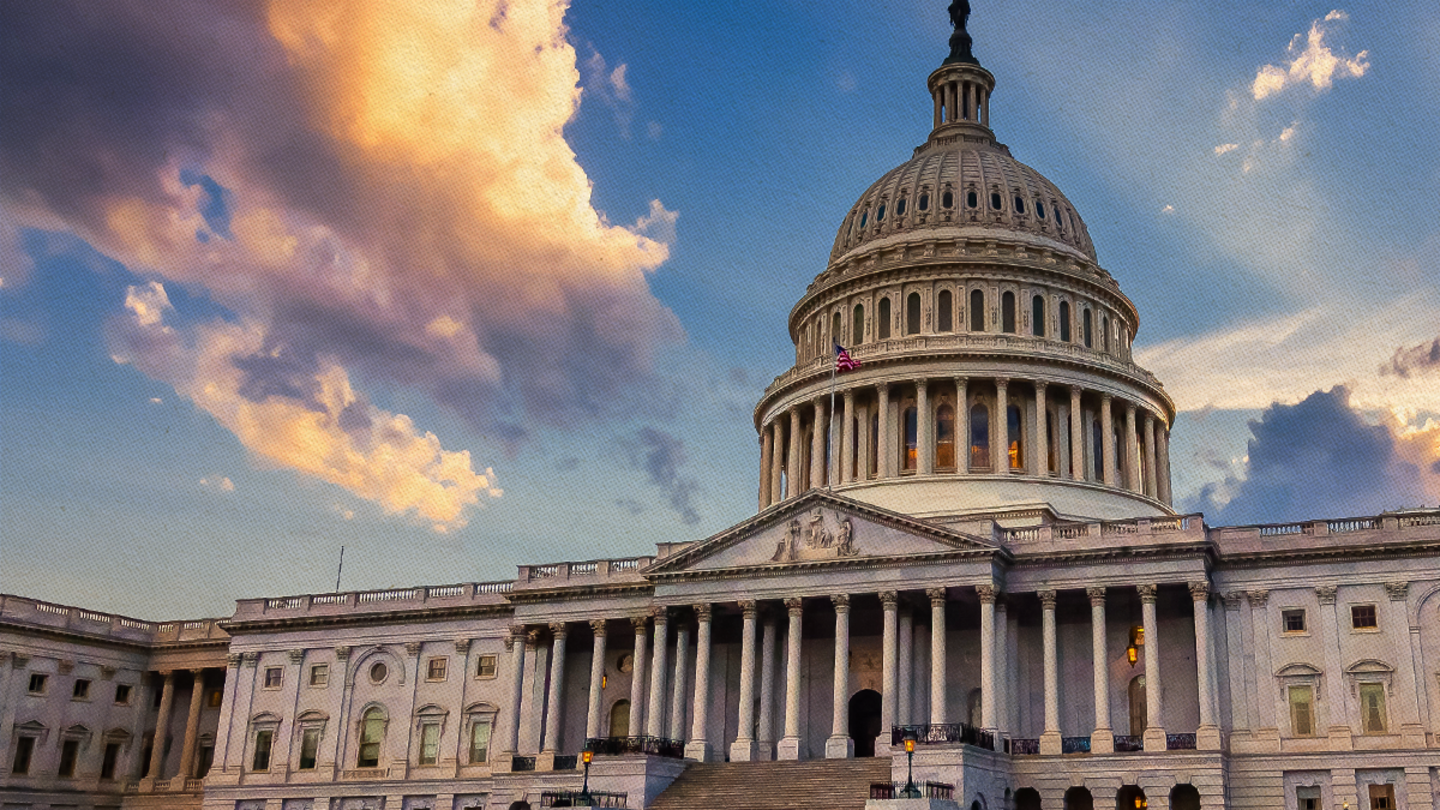
How the Supreme Court decision affects Congress’ job.
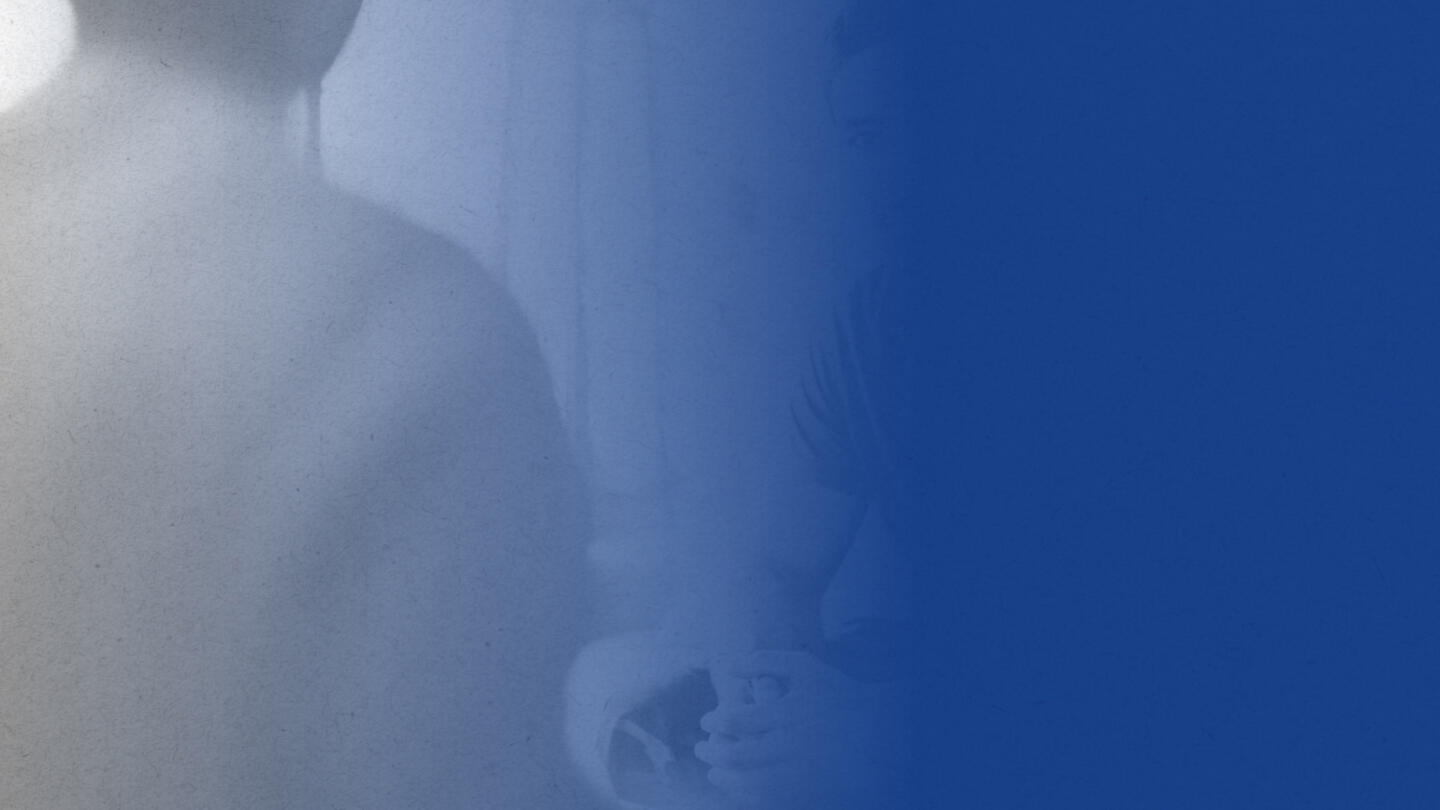
What we think we know about other Americans’ views — and what we get very wrong.
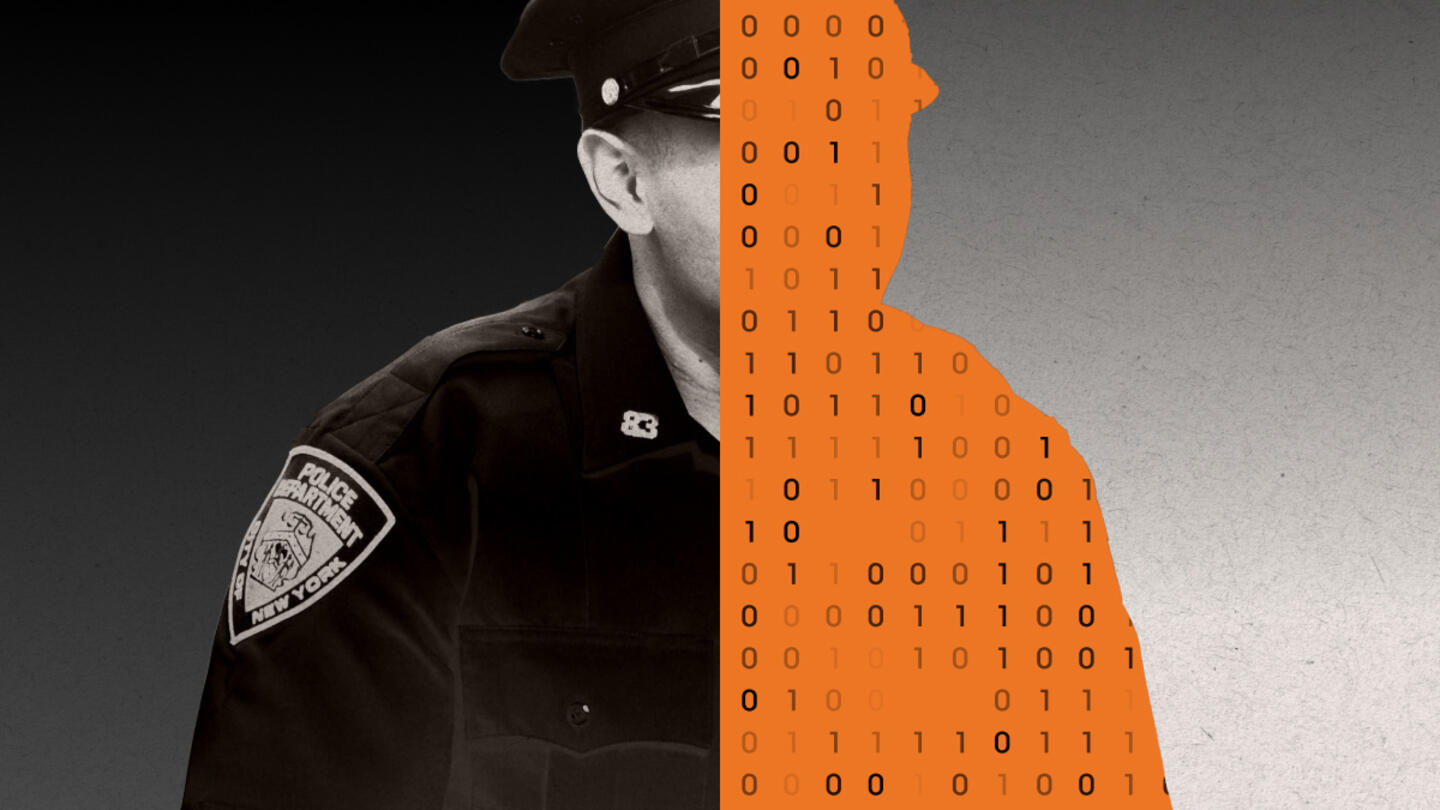
How to maximize new innovations to keep communities safe.
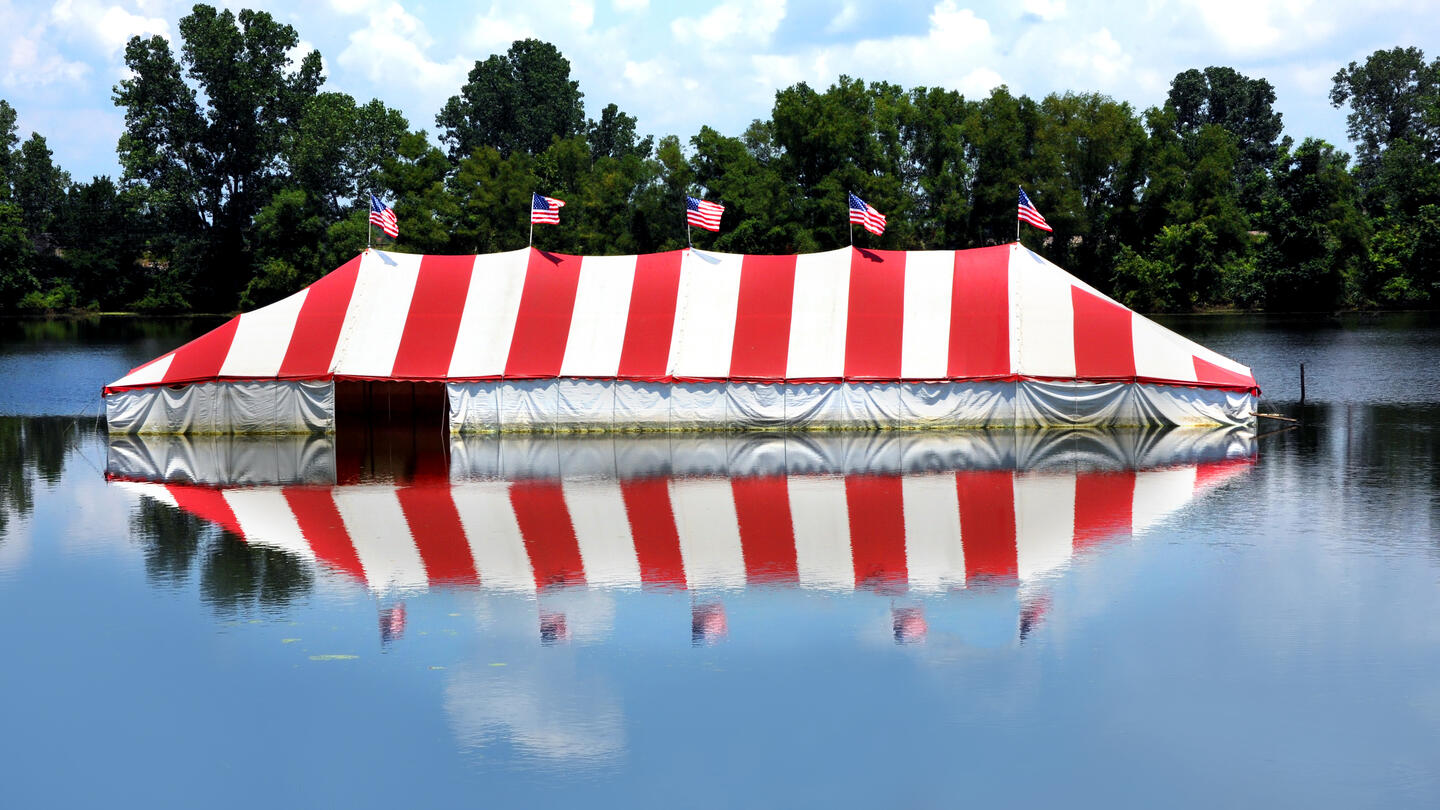
This federal agency is leaving one business in legal limbo.
